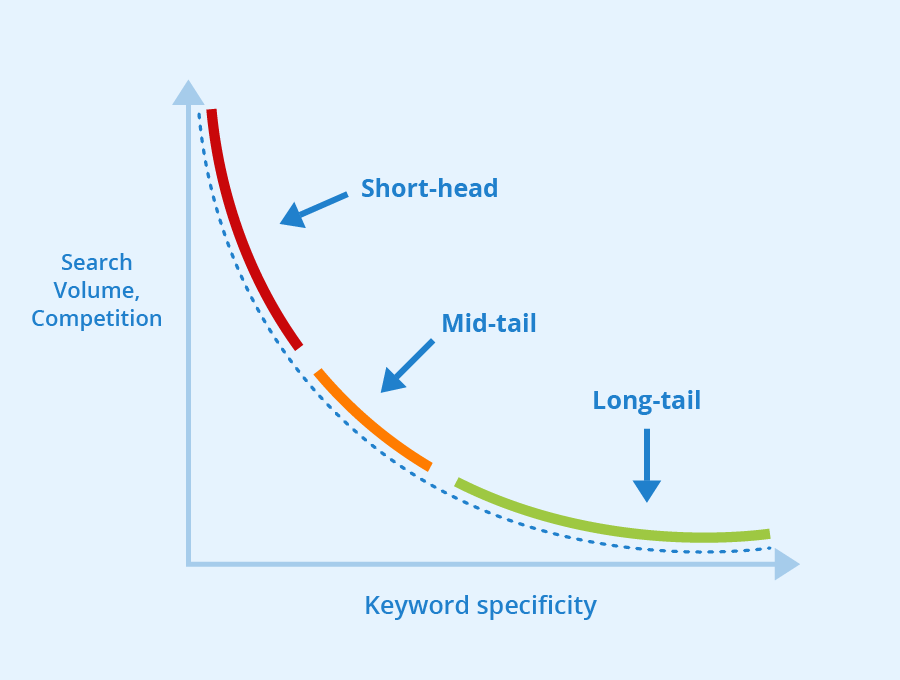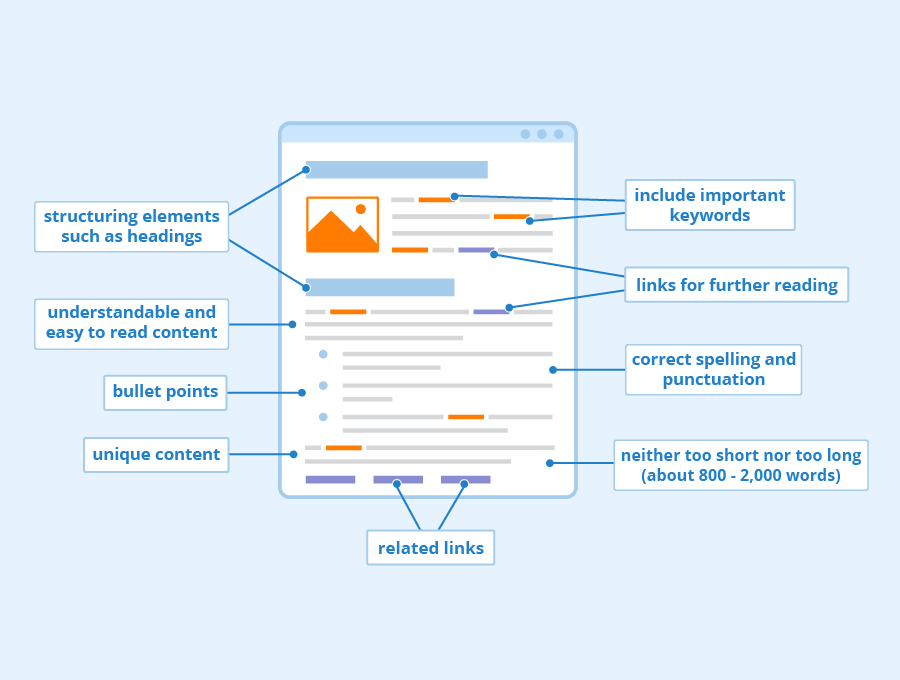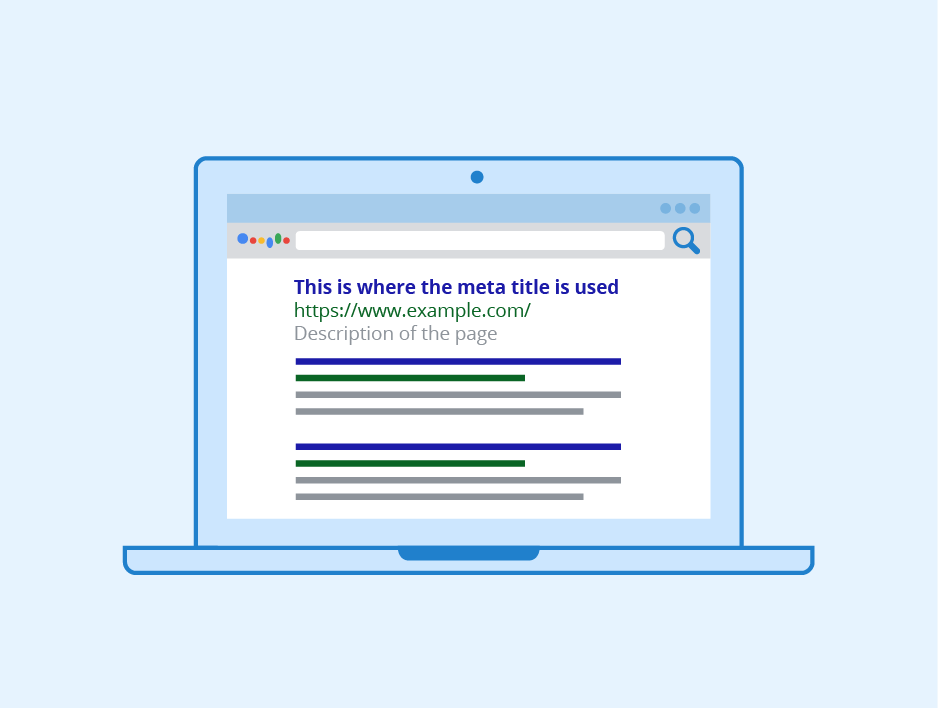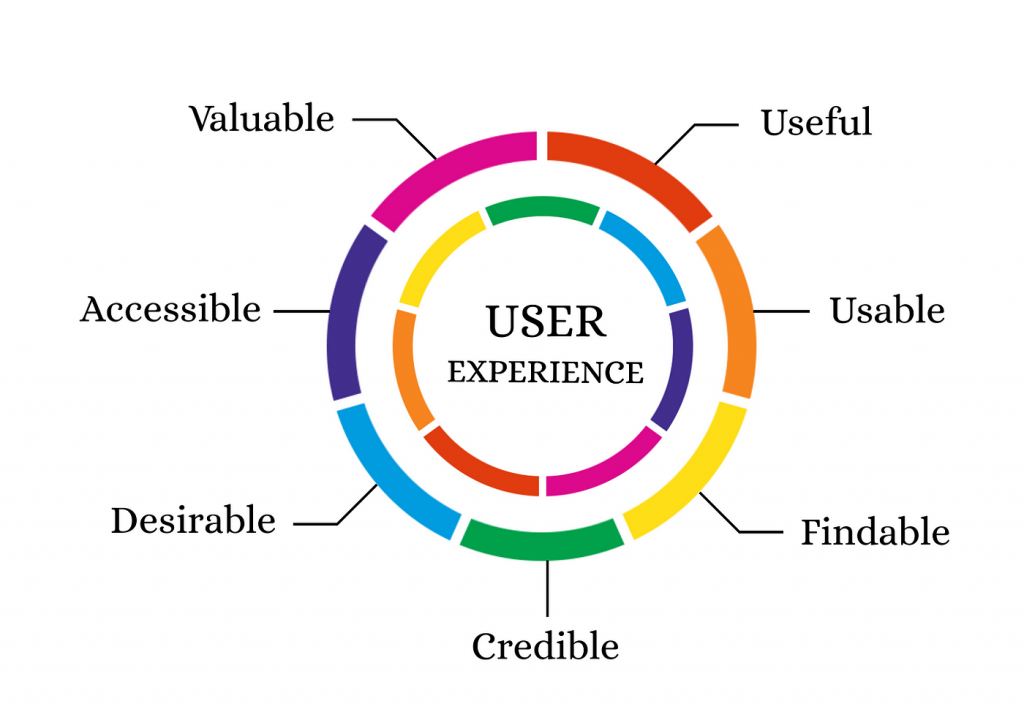SEO – Search Engine Optimization – is a great way of making your website visible in the wide interwebs. But – it’s an art of balance. Some things need to be taken care of more than others, and vice versa. In this article, we will go through the most pressing issues of our times – how to get into search engine rankings and take care of those search engine crawlers that’s been hiding everywhere. If you want to balance SEO practices in your site structure and your company, we have you covered. Here are some of the tips you may be looking for when trying to get your marketing strategies boiling! Let’s dive in!
Balance SEO with Keyword Optimization

Starting with – keyword optimization. If you’re reading this article, you probably already know that keywords are the key to SEO practices. What people are typing in is what they will find out, so the right keywords will result in the right search engine results. In the realm of inbound marketing, keywords play a dual role, serving as both an asset and a potential pitfall. While it is essential for constructing a robust SEO strategy and securing visibility in search results, an excessive focus on keywords can steer you toward producing bad-quality content. It’s crucial to strike a balance, as overly emphasizing keywords may undermine the quality of your content, and successful marketing strategies thrive on compelling and valuable content. Here’s what to keep in mind when balancing your keyword research.
- Relevance – you need to choose the keywords that are highly relevant to what you are trying to achieve, whether this would mean getting the right products and services or just promoting your site; don’t go overboard and put everything that comes to your mind; but rather – try finding that sweet spot between too much and too little; if you’re running a gaming store, putting “Diablo IV expansion” into your keywords is great, but adding “diablo iv expansion,” “diablo expansion,” “diablo expansion near me,” “will diablo expansion save my life in the long run?” – may be a bit too much.
- Long-tail keywords – don’t only focus on some short and generic keywords; sometimes it’s optimal to search for the ones that can capture the attention of a narrower audience that’s highly specific; coming back to our earlier example, it may be good to add “gaming store in Brooklyn” if you’re gaming store is actually in Brooklyn; getting the generic “gaming store” may not be optimal for your business and will only cost you money, as people in the whole English-speaking world will look for the gaming store near them, finding yours for no reason at all!
- Keyword placement – additionally, make sure to place your keywords in the right places on your site; there is a whole Google article with some tips on keyword placement; for example – Google encourages you to create accurate and interesting descriptions of your website, and definitely asks you to avoid
- Writing a meta description tag that has no relation to the content on the page.
- Using generic descriptions like “This is a web page” or “Page about baseball cards.”
- Filling the description with only keywords.
- Copying and pasting the entire content of the document into the meta description tag.
- Anchor text – moreover, to get some organic traffic, be sure to balance your anchor text on your site; internal and external links are very helpful, but doing them the right way is more important; create an anchor link describing something rather than just putting it anywhere on the page; as the previously mentioned Google’s guide states, avoid:
- Writing generic anchor text like “page,” “article,” or “click here.”
- Using text that is off-topic or has no relation to the content of the page linked to.
- Using the page’s URL as the anchor text in most cases, although there are certainly legitimate uses, such as promoting or referencing a new website’s address.
Balance SEO with Content

Another thing to balance when doing your best SEO practices for your individual web pages is to create engaging content that people will actually seek out. Striking the right balance between not being too commercial while also keeping track of your sales is something that is extremely important, especially if you want to enlarge your social media presence, promote your blog post, or get more people interested in your business. Here are some things to remember when creating high-quality content to better your website’s user experience.
Balance SEO with High Quality
And – high-quality content it is. The most important thing is to try. To not go around things – well, other websites are not trying nearly as hard as me, so why would I care? Well, as our parents say, you are not the other websites, and you certainly can do better than them. Isn’t it the goal in the end?
For SEO purposes, the emphasis on quality content is evident. Finding the right balance between the quantity and quality of content is essential. The emphasis should be on providing valuable, compelling, and informative content. Longer articles offer insights, satisfying both user intent and the search engines.
And let’s face it, if you’re trying to do something half-heartedly, you will always lose in the end. Your digital marketing strategies can simply never flourish if you look for shortcuts rather than quality. People can see right through it and will not respond well to something cheapening out on them.
Balance SEO with Keyword Relevance
Additionally, make sure that your content is relevant to your keywords but not too much. Not to the point that it looks like you just put a bunch of keywords into a sentence only for the crawlers to notice and index you the way you want it. Keyword rankings are one thing, but if your keywords are not relevant to your content, it will just confuse and annoy the users.
Be Original
As it is easier said than done, originality is highly valuable in SEO. To get to the top of the search engine results pages, you need some advanced SEO optimization, but it’s hard to do so if everything around you is literally the same. The exact phrases are paraphrased a million times because every SEMrush or SurferSEO plugin tells you that it just needs to be included. So you have a bunch of unoriginal or just weird phrases, like “check out our newsletter,” on websites that don’t even provide newsletters for their users. But the holy SEO tool said so, and the copywriter obliged.
The thing about Google, the main hero in this story, is that it wants some originality. Something that adds to the conversation. With the latest update, as we are writing it at the beginning of 2024, the key is to create something new and interesting that hasn’t been created before. “We suggest focusing on ensuring you’re offering the best content you can. That’s what our algorithms seek to reward.” So, if you want to get on top of those searches with your SEO campaign, that is what you need to focus on.
Additionally, make sure to add your very own experiences. Instead of just giving out the information in the driest way possible, try to present something unique that you felt about the topic. For example, when discussing games you have played, add something you thought about the plot, instead of paraphrasing its official description from the developer’s website.
CTAs
Call-to-action is a nightmarish phrase presented in every meeting with designers and marketers. A clunky, unwanted, and unfitting “PLEASE SUBSCRIBE” slogan that’s put on the end of every video and every piece of content that you will see on the internet. Why is that? Well, as it turns out, if you don’t tell people to do something, they will simply not do it.
Whether it is search engine or social media marketing, you need to add this magic word at the end of your content, or else people will get confused and subscribe to someone else, unfortunately, probably – the competition.
But you can balance it out! Try not to make it too upfront and in your face. Strike the balance between asking someone to do something and implementing it into your content organically. For example, many YouTubers have started using statistics to show people how many of them who are watching this particular content are not subscribing to the channel, encouraging them to do so if they like it so much.
Balance SEO with On-Page SEO

As the off-page SEO is something completely different from what we are trying to show in this article, with all the link-building and sharing, let’s focus on something that we can actually influence without resorting to outside influences — on-page optimization.
When balancing this particular branch of SEO, you need to remember that it’s not about the quantity; it’s all about the quality. All the changes you plan to make to your website can and will be judged by the algorithm and users. So, putting the meta tags with only the most popular keywords will likely not get you far in the long run. Let’s see what kind of On-Page SEO balancing we can do in order to get ahead of the competition.
Keywords Optimization
Make sure that your website is full of relevant keywords when it actually matters. There is no one perfect balance that you can use to measure which keywords are great and which are sub-optimal. It’s all about understanding what you are trying to accomplish.
With all the algorithm updates, it’s best to keep it simple. Put the keywords relevant to your site in the relevant places, if you have a section for gaming products – add keywords correlated to gaming there. In the section for software products, add the keywords related to your software section. That way, the crawlers will be able to correctly position your website, allowing you even greater visibility and optimization.
If you have a blog section, don’t focus on general, high-volume keywords. They are hard to rank for, especially for fresh websites, and you will not get the desired outcome. It’s best to focus on the lower keyword difficulty, with a smaller search volume, and get into some good position rather than getting lost on the 10th Google page with the general ones. Money keywords, the ones that are associated with purchases, are important, but focusing on too challenging ones (with high keyword difficulty) will not give you quality outcomes.
Format
When creating your articles, follow the recommended character limit and header tags. Too long or too short articles will bore the user or will not provide enough information so that they would be able to get something out of it. The same goes for the URL structure. Keep it clean and concise rather than overblowing it with keywords and unnecessary information. If you create too complex URLs, it will be just too overwhelming for Search Engine Optimization (SEO) practices.
Readability
There are a couple of things to remember when considering the delicate balance between great user experience and immediate results. So, make sure to get the most out of both of those.
- Keep the load times low. People tend to leave websites when they take too much time to load.
- Ensure that you have descriptive alt texts, have internal linking in the article, and optimize images so they are not too big or too little (1 MB per picture is enough for most purposes).
- Make sure that your website is just as good on mobile as it is on desktop. Most people are browsing the internet on their mobile devices, so mobile optimization is key for them to navigate your website the right way.
Balance SEO with User Experience

Next up, we have the user-experience optimization. Here, it’s all about balancing what you want to show users and how not to overbear them with information. We have mentioned some of those elements before, but let’s see what we can additionally focus on in this particular instance.
Landing Page
One of the crucial elements of creating a quality user experience is to create a page design that is easy to navigate and full of functionality. Avoid stuffing your website with pop-ups, unnecessary widgets, and new content popping out everywhere just to get the highest quality volume in the lowest amount of space.
Make it clean. Make it desirable. Opt for intuitive navigation rather than dozens of buttons that provide no quality. Additionally, make your website mobile-friendly, as it’s an additional value among various factors. It’s better to omit something while staying well organized rather than focusing on getting more visitors no matter what.
Branding
One of the most important risky elements for user experience is branding. You need to show your logo and brand, but you also need to ensure your users don’t see it everywhere they go. If you have branded everything, you have branded nothing. People will stop noticing your logo after a while and will consider it a nuisance.
But, if you are actually doing some branding, make it consistent. If you have a logo on top of the page, let it stay there. Don’t change everything, everywhere, as your site will look like a mess. And that is precisely what you don’t want it to be. Put the emphasis on responsive design. Your success will not happen overnight, but if you put a decent amount into creating great content that people will actually search for – you will see the results for sure.
Balance SEO with Using AI

And finally, we have the AI aspect of SEO. With so many various aspects of it, it makes sense that we should include it in this article. Because of the way that SEO works now, we can expect that the latest trends will catch up to it pretty quickly. And we have no idea what will happen then.
Because – AI is everywhere. AI is learning; it’s getting stronger and will probably take over the world in a few decades. Copywriters and site owners were in a state of great confusion as the internet was flooded with AI-generated articles with no brains behind them. It felt like an apocalypse is on the horizon!
But it’s not the end of the world. As some voices in the market point out, it may be a good thing. As the Copysmith states:
“If you’re a copywriter who has been putting up relevant, fun, and engaging content from the start, then you shouldn’t be too worried. In fact, you should be smiling from ear to ear right now. But if you’re one of those content “spinners” who take existing articles and run them through AI tools and then claim them as your unique piece, then you should be very worried.”
Like in all cases with Google, if you put in an effort, you will see the results. If you want to go for some black hat practices – it will bite you back in a matter of seconds.
It’s all about Google’s ranking systems called E-E-A-T: expertise, experience, authoritativeness, and trustworthiness. So, as long as your SEO efforts are high quality – you’ll be all right!
What Do You Need to Balance When Doing SEO: Conlusions

And here we are, at the end of our technical SEO analysis. Now you know how to increase your website’s visibility while also considering all the balancing factors that need to be taken into account. In short – be good, don’t be bad. Do not do the keyword stuffing everywhere you can, don’t put your logo everywhere, and don’t copy something straight for Chat GPT. Just create quality content, and Google will reward you for it.

SEO enthusiast and digital marketing strategist. My expertise lies in optimizing websites for organic traffic growth and search engine visibility. I carry out, among others, SEO tests, keyword research and analytical activities using Google Analytics. Privately, he is a lover of mountains and bicycle trips.

